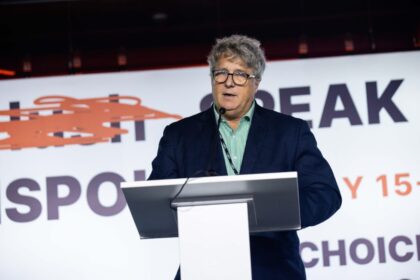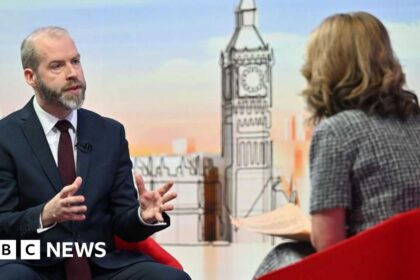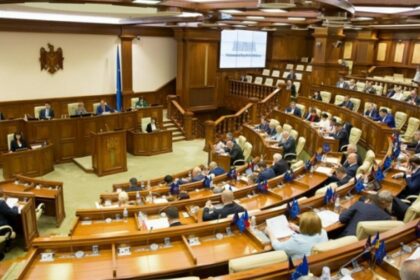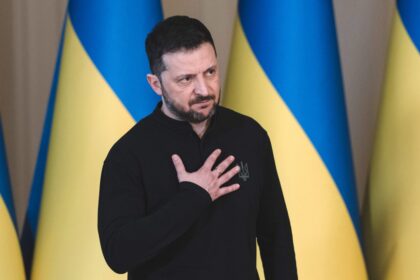**Russia’s Ceasefire in Ukraine Lasts Only 30 Hours**
In a significant development, Russia’s ceasefire in Ukraine lasted only 30 hours. The brief pause in fighting was sparked by Vladimir Putin’s “Easter truce” on Sunday, but it appears to have been very limited in scope, with accusations of violations on both sides.
**Limited Ceasefire and Accusations**
Ukraine’s President Volodymyr Zelensky said there were no air raid alerts during the ceasefire period. He suggested that this could be the “easiest” format to extend for 30 days and possibly more. However, Russia insisted on a number of conditions, including a halt to Ukraine re-arming and recruiting new fighters as well as addressing “underlying causes of the conflict”.
**History of Broken Ceasefires**
The latest ceasefire attempt underscores the difficulty in achieving even a brief pause in fighting. The history of broken ceasefire deals between Ukraine and Russia is long and complex. Independent experts say that Russia bears the brunt of the blame for these broken truces, although Ukraine also bears some responsibility.
**Broken Truces and Deep Mistrust**
Since 2014, there have been numerous attempts at ceasefires, but none have held. One major factor hampering progress is the deep mistrust between the two neighbors. In February, President Zelensky accused Russia of violating 25 ceasefire agreements since 2014.
**Russia’s Demands and Objectives**
Russia’s demands for a ceasefire are centered on addressing “underlying causes of the conflict”. This suggests that Moscow has not moved from its original objective of undermining Ukraine’s sovereignty. A former close adviser to Vladimir Putin, Vladislav Surkov, celebrated the Minsk accords last year as a way of “legitimising” Ukraine’s initial partition.
**Expert Analysis**
Matthew Savill, director of military sciences at the Royal United Services Institute (RUSI) in London, argues that Russia has never entered ceasefire talks in good faith. He believes that Moscow has always sought to achieve its objectives through negotiations as well as military means. John Herbst, a former US ambassador to Kyiv, agrees, saying that Russia was the “serial violator” of the Minsk ceasefire accords.
**What Next?**
So far, there is no indication that the Kremlin will accept the US call for an immediate and unconditional ceasefire, agreed to by Ukraine. President Trump has warned that if either party makes ceasefire talks difficult, “we’re just gonna take a pass” and walk away.
In conclusion, Russia’s 30-hour ceasefire in Ukraine highlights the deep-seated mistrust and conflicts between the two nations. The history of broken ceasefires suggests that a lasting peace agreement may be difficult to achieve.












